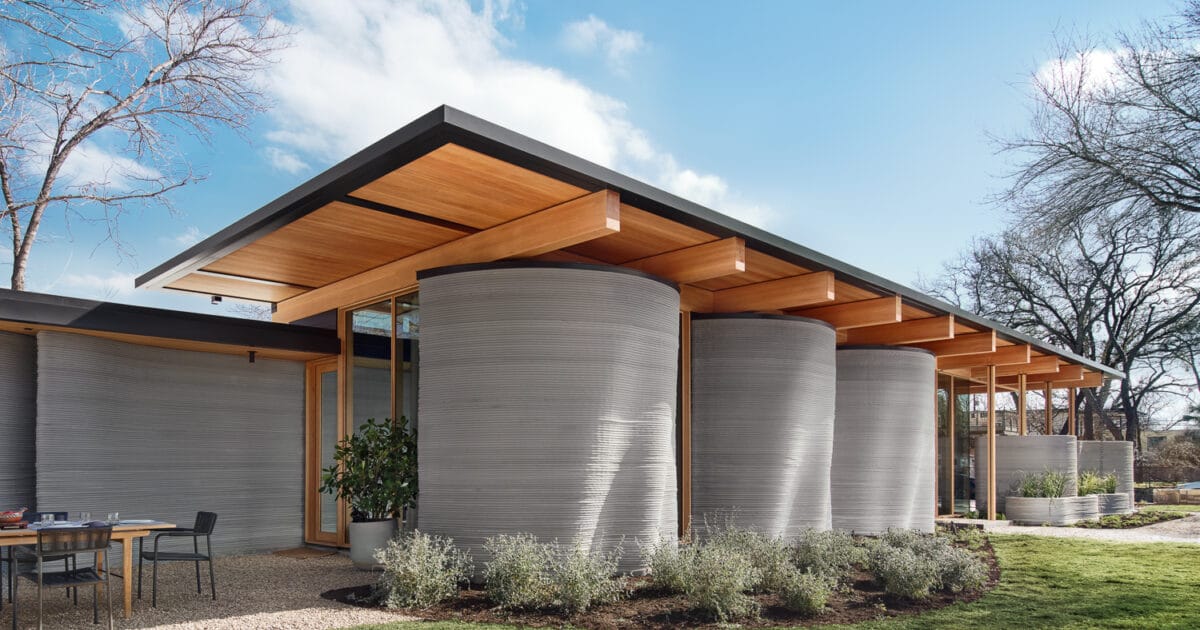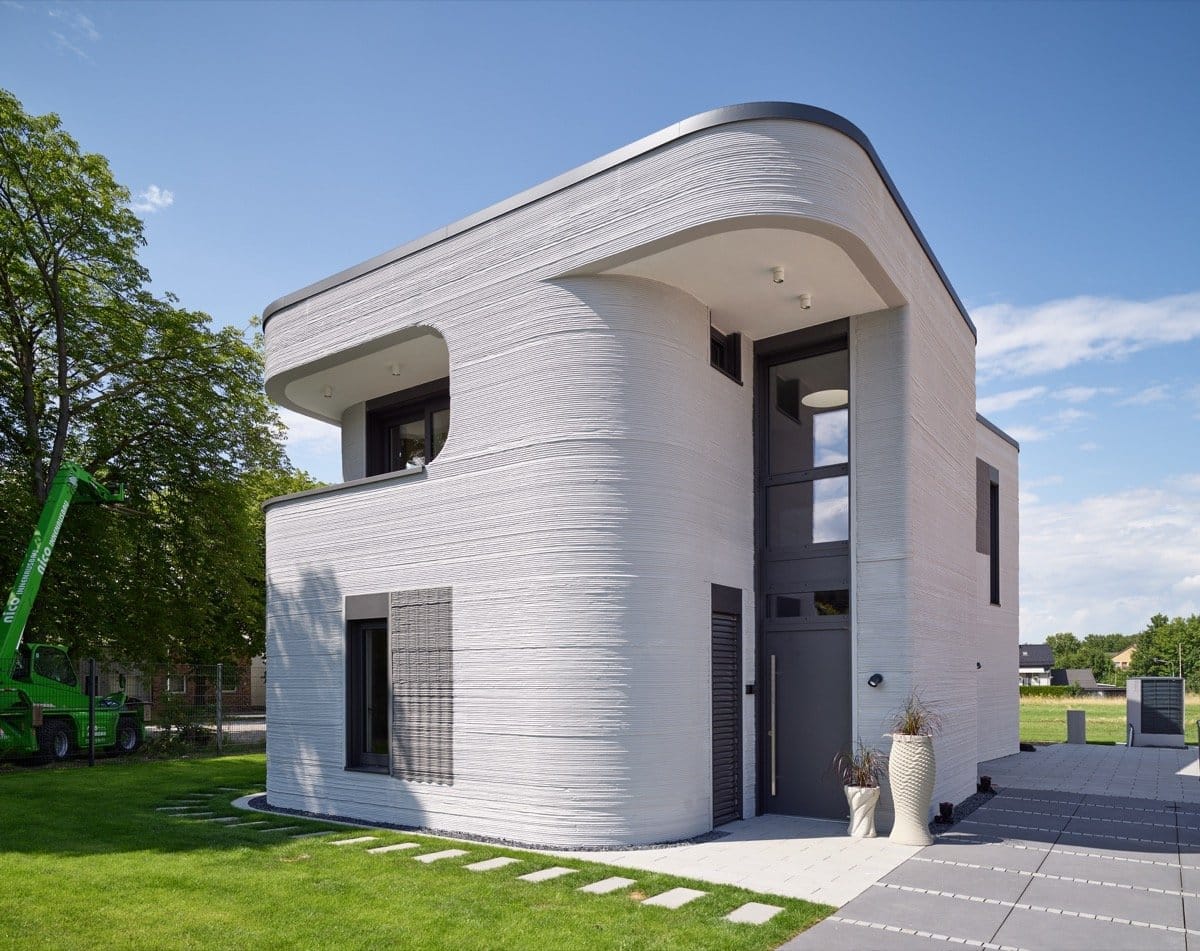Introduction
In recent years, 3D printing has made groundbreaking strides across various industries, from healthcare to manufacturing. However, one of its most promising applications lies in the construction of homes. 3D-printed homes offer an innovative solution to the housing crisis, providing cost-effective, sustainable, and rapid construction methods that could revolutionize how we build. This article explores what 3D-printed homes are, the technology behind them, a comparison of costs, companies leading the charge, their benefits, challenges, and the potential future of this transformative industry.
What Are 3D-Printed Homes?
3D-printed homes are structures created by layering materials, such as concrete or a composite mix, using a large 3D printer to form the walls and other structural components. Instead of traditional construction methods, where labor and materials are assembled piece by piece, 3D printers extrude material in precise layers to create the shape of a house, making the process faster and often more efficient.
Technology Behind
3D-Printed Homes
- Design Software:
Engineers and architects design the house layout using specialized software, which sends precise instructions to the printer.
- Large-Scale 3D Printers:
Using robotic arms or gantry systems, these printers layer construction materials, such as concrete or other composites, to form the walls.
- Automated Construction: Once the design is loaded, the printer builds the structure autonomously, layer by layer, with minimal human intervention.
This technology offers significant advancements in efficiency and sustainability. For example, many 3D printing materials can be recycled or produced with reduced environmental impact, addressing both housing shortages and ecological concerns.
Price Comparison:
3D-Printed vs. Traditional
Homes
One of the main attractions of 3D-printed homes is their cost-effectiveness. Traditional homes require significant labor, time, and materials, which can drive up costs. In contrast, 3D-printed homes are constructed faster, reducing labor costs and waste. For example:
- Traditional Homes:
Building a standard home may cost anywhere from $150,000 to $500,000, depending on location, materials, and labor. - 3D-Printed Homes:
Prices for 3D-printed homes vary, but some companies have managed to reduce costs to as low as $10,000 – $50,000 for a basic structure, representing a significant reduction.
While costs may vary, 3D-printed homes provide a more affordable option for low-income housing, emergency shelters, and other applications where cost savings are crucial.
Companies Leading in
3D-Printed Home Revolution
Several pioneering companies are advancing the field of 3D-printed housing:
- ICON:
Based in Texas, ICON has developed innovative 3D printing technologies and has partnered with organizations like New Story to build affordable homes for those in need. - Apis Cor:
Known for their mobile 3D printing technology, Apis Cor built the first permitted 3D-printed home in the U.S., emphasizing rapid and affordable housing solutions. - PERI Group:
A German company specializing in concrete 3D printing, PERI Group has completed several 3D-printed homes in Europe. - SQ4D:
This company is known for constructing the first 3D-printed home that passed the state’s rigorous building codes and zoning requirements in New York.
These companies are driving innovation and bringing 3D-printed housing to markets worldwide, each offering unique approaches and technologies to address various housing needs.
Benefits of 3D-Printed Homes
- Affordability:
Reduced labor and material costs make 3D-printed homes more affordable than traditional construction. - Sustainability:
The technology uses fewer resources and can incorporate sustainable materials, reducing environmental impact. - Speed:
3D-printed homes can be built in days instead of months, ideal for urgent housing needs. - Design Flexibility:
3D printing enables architects to explore more complex and innovative designs that might be difficult to achieve with conventional methods.
Challenges of 3D-Printed Homes
- Regulatory Hurdles:
Many countries lack building codes and regulations for 3D-printed homes, creating barriers to widespread adoption. - Material Limitations:
Although concrete is the primary material used, 3D printing in construction still has limitations in terms of durability, especially in extreme climates. - Limited Adoption:
The construction industry is traditionally slow to adopt new technologies, and there is resistance to fully embracing 3D-printed housing. - Technical Skill Requirement:
Operating large-scale 3D printers requires specialized skills, which may be challenging to find in some regions.
The Future of 3D-Printed Homes
As technology and materials evolve, the potential for 3D-printed homes is immense. Future advancements could lead to homes made from locally sourced or even recycled materials, further reducing the environmental footprint. Additionally, increased governmental support and clearer regulatory frameworks could facilitate greater adoption and investment in 3D-printed housing.
With ongoing research, 3D-printed homes may one day incorporate smart home technologies and sustainable energy solutions like solar panels. Future 3D-printed communities could also provide a viable solution to address housing shortages in urban areas, offering affordable and eco-friendly options for future cities.
Conclusion
3D-printed homes are not just a technological innovation; they represent a paradigm shift in the way we think about construction and housing. By offering affordable, sustainable, and customizable housing options, 3D-printed homes can help alleviate housing shortages worldwide. While challenges remain, particularly in regulation and material technology, the future of 3D-printed homes looks promising. As technology advances, 3D-printed homes could be an essential component of sustainable urban development, providing a practical and eco-friendly answer to global housing demands.
(Click notification ![]() for more updates)
for more updates)







